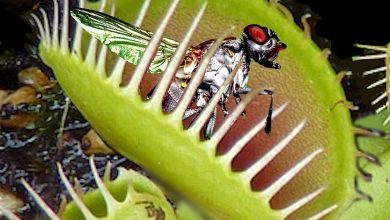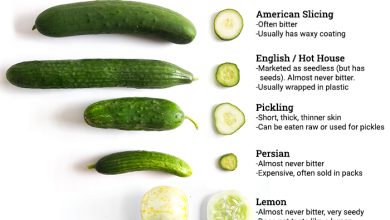How to Plant Hyacinths in your Garden: Complete Guide
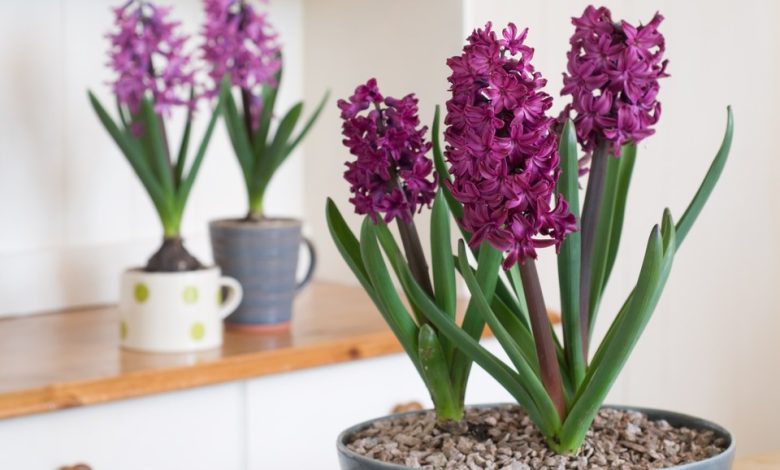
What will I learn in this article?
- We show you the most important points that you must take into account when planting hyacinths in your garden and succeed.
- We will indicate the frequency of irrigation, as well as the amount of water that this wonderful plant requires.
- We will also give you step-by-step instructions on how to reproduce it and/or plant it from seed.
Important points when planting Hyacinth
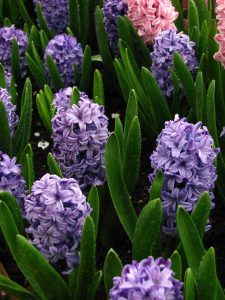 Where to sow? Half shade. Does not tolerate excess light
Where to sow? Half shade. Does not tolerate excess light- When? in autumn.
- How do we prepare the land? Removed, removing weeds. With garden soil substrate with sand and peat.
- How do we water? With drip.
- How often do we water? In spring and summer, 2 to 3 times a week, when the substrate is dry. The rest of the year very spaced irrigations.
- Plagues and diseases? Worms, stem and bulb nematodes. Erwinia carotovora, fungi.
Characteristics of hyacinths
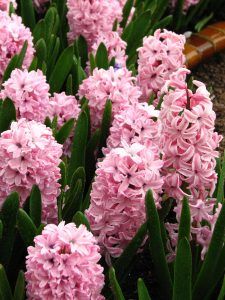 Originally from the Mediterranean areas (Balkans) and Asia Minor, hyacinths are bulbous plants with perennial foliage that gives off a pleasant perfume.
Originally from the Mediterranean areas (Balkans) and Asia Minor, hyacinths are bulbous plants with perennial foliage that gives off a pleasant perfume.
It has basal, fleshy, straight leaves and are found in a rosette. They are green in color and can become taller than the plant itself (35 cm).
In hyacinths, the protagonists are their beautiful inflorescences that appear during spring, they are spike-shaped and have flowers with 6 petals of different shades from white, pink, blue and lilac.
The hyacinth was introduced to Europe by Turkey in 1562. Currently, the Netherlands produces about 95% of the hyacinth bulbs produced in the world.
Legend has it that hyacinth comes from the name of a Greek prince named Hyakinthos who was killed by Zephyros, the god of the west wind and from his spilled blood this flower was born.
Hyacinths are sold in pots, as cut flowers and as water plants.
When to plant hyacinth?
If the right conditions are provided, the hyacinth can be planted at any time and season of the year. But, the best time to grow hyacinth is in the fall.
Where to do it?
The hyacinth is grown both inside houses and in gardens or greenhouses. The perfect location for the hyacinth plant is a cool, semi-shaded spot.
It does not tolerate excess light, so it is very important to remember this fact at the time of cultivation.
How to prepare the land?
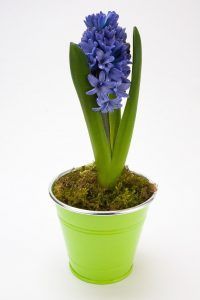 Before starting the cultivation of the hyacinth, it is necessary to carry out some cleaning tasks in the field to remove the weeds.
Before starting the cultivation of the hyacinth, it is necessary to carry out some cleaning tasks in the field to remove the weeds.
The soil must be prepared with a porous substrate, with good drainage capacity and a pH of around 6-7.
According to gardeners and horticulturists, the best substrate for hyacinths should be garden soil mixed with sand and peat moss to maintain moisture.
How do we water the hyacinth?
The hyacinth plant does not tolerate excess water, so it is better to water less than more. Do it only when necessary, that is, when the substrate is completely dry.
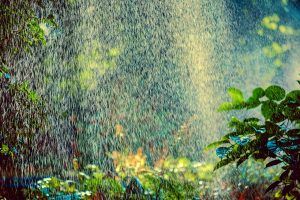 Twice a week will suffice. The risks should increase, but always making sure that the substrate is dry.
Twice a week will suffice. The risks should increase, but always making sure that the substrate is dry.
It is important to strictly comply with the risks, since an excess can be harmful to the plant and sometimes cause death.
Important points when watering hyacinths:
- Irrigation frequency: three to four times a week when it is in full bloom and reduce to weekly watering at other times, depending on the state of the soil.
- Irrigation method: with a watering can.
- Optimum time of day for watering: in the morning, before the sun gets too hot.
- Identify excess water: weakness of leaves and stems, bulb rot.
- Identify lack of water: leaves and flowers that are drying, turning yellow around the edges or appearing brown spots.
What watering needs do hyacinths have?
Hyacinths develop from bulbs, so they need to be in a constant state of moisture to thrive. However, that same characteristic makes excess watering harmful, causing rot.
Hyacinths need to have a balance of watering so that those much-desired blooms can manifest in their time. The most important thing is to ensure direct irrigation at the base of the plant and not on the foliage, as this can cause rot problems.
Another relevant point is that you only have to water from the moment of sowing and until it maintains green leaves and flowers, then stop.
How can we detect lack of irrigation?
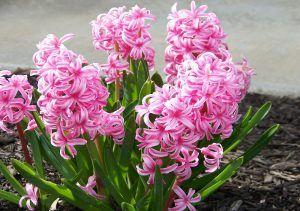 When a hyacinth does not have the amount of water it needs to develop and flourish, it is common for it to begin to dry out.
When a hyacinth does not have the amount of water it needs to develop and flourish, it is common for it to begin to dry out.
It is normal to see the surroundings of the leaves and flowers that turn yellow or brown and gradually begin to decline.
If the problem is not very advanced, it will be easy to correct by applying irrigations with little water but frequently so that the bulb hydrates.
How often should we water them?
The frequency of irrigation will be very determined by the place where you have planted the hyacinths.If they are in a pot, it is possible to regulate access to water by taking advantage of a plate under it so that they take in the moisture they need.
Here the important thing is that the roots do not come into direct contact with the water continuously because they could rot. You can place a blockage with stones on the surface so that the good level of humidity is maintained without fear of waterlogging.
Always remember that this water must be changed so that stagnation does not arise that promote the appearance of diseases. In the case of hyacinths planted in the garden, the reality will be different, since you will not have the opportunity to lean on the plate.
Here the irrigations will have to be established up to 3 or 4 times a week, depending on the state of the land taking into account the time of year that it is. Even if you have potted hyacinths and don’t put a saucer underneath for humidity, this will still be the right frequency to water.
Normally, the time when it will need watering the most is when it is in full bloom, at other times it can be reduced to once a week, especially in winter.
What is the best way to water them?
To avoid waterlogging, the best method of watering hyacinths is with a watering can, both for hyacinths that are in pots and those that are in the ground.The idea is to use a shower that has a series of small diameter holes so that the water falls little by little.
In this way, the soil is much more capable of absorbing water without flooding and in sufficient quantity to hydrate the bulb. Of course, throughout this process it is also crucial that the land has good drainage.
How do we detect excess water in hyacinths?
Bulb plants, in general, are very sensitive to possible waterlogging, so special care must be taken around this. If it is affected by too much water, it can manifest flaccid leaves and stems that will fall to the side, even if they do not have flowers that weigh them down.
When waterlogging continues, the bulbs can rot and thus the entire plant will be lost. Hyacinths are plants of spectacular beauty that, well cared for, can last for several periods.
One of those specific cares is watering hyacinths, which does not have to be a problem. With just the right watering can and a well-planned frequency of watering, your hyacinths will look amazing.
How do we plant a hyacinth step by step?
To reproduce the hyacinth, you must take into account the location that you want to give the plant, inside the house or in the garden.
planting in the garden
To plant hyacinth in the garden it is recommended:
- Choose a bulb that is healthy and looking good, as this is a sign that it has a lot of nutrients inside.
- Choose the pot or the place in the garden to plant the hyacinth.
- Make holes in the pot or in the garden 10-12 cm deep.
- Plant the bulbs at a distance of approximately 10 cm from each other.
- Let the apices (the top) remain on the surface.
- Fill the holes with a mixture that contains soil and fertilizer in equal parts and compact the substrate with your hands, without pressing too hard as the roots need freedom.
- Water the plant lightly.
Reproduction in pot
Reproduction in a pot can be carried out:
- Plant the bulbs in a 3 or 4 cm soil bed.
- Fill the holes leaving the top of the bulb (apex) in the air
- Place the bulbs very close together, to achieve a more compact and colorful effect once the plant blooms.
- Locate the pot in a cool, relatively humid and dark place.
- Move the pot to a bright (with at least 5 hours of light a day) and cool place. The ideal location is near a window, but without direct light.
- Place the plant in the final area, after a few days.
What favorable associations does it have?
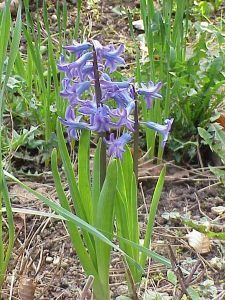 The association of crops of compatible plants produces benefits with respect to their cultivation separately, in addition to the use of light, water and/or nutrients.
The association of crops of compatible plants produces benefits with respect to their cultivation separately, in addition to the use of light, water and/or nutrients.
The hyacinth can be easily associated with other plants to form flower beds. If they are combined with other bulbs that have different flowering times, a flowery corner can be obtained for a long time.
What pests and diseases attack the hyacinth?
The pests and diseases that attack the Hyacinth are sometimes caused by a bad cultivation of the plant, generating, for example, fungi. In addition, hyacinths can also be attacked by different pests.
Ditylenchus dipsaci
It is a nematode that affects bulbs and young shoots. This nematode survives in the soil and on weeds. At the slightest symptom, it is necessary to act quickly and act as soon as possible to prevent it from spreading. One way to eliminate it is to spray the hyacinths with a specific fungicide.
Penicillium sp.
Fungus that appears mainly during storage, as it proliferates in temperatures below 17ºC and high relative humidity.
worms
They produce brown spots on hyacinth leaves. In case of attack, you have to eliminate the bulbs that are affected, otherwise, it will weaken and die.
Erwinia carotovora
This bacterium affects the plant through wounds or excess moisture in the soil.
hyacinth mosaic virus
The symptoms manifest with dark green spots or streaks that appear, generally, at the base of the leaves and, occasionally, in the floral scapes.
Bibliography and references
- Encyclopedia My first knowledge about Plants, Snakes and Conservation. (1961). Spanish edition by Dr. Frank Thompson. Grolier Publisher Incorporated New York. Printed in Mexico.
digital database
- Micropropagation of Hyacinthus amethystina cv. Albus. Morphogenetic study, AV Mario – 1996 – dialnet.unirioja.es
- Growth of water hyacinth (Eichhornia crassipes (Mart) Solms Laubach), in the tropics, L Lareo – Arch. latinoam. nutr, 1981 – pesquisa.bvsalud.org
- Plants and popular culture: Ethnobotany in Spain. Plant names used as personal names. , R Morales Valverde – 1996 – digital.csic.es
- Our most cultivated flowers, N Clarasó – 1953 – sidalc.net

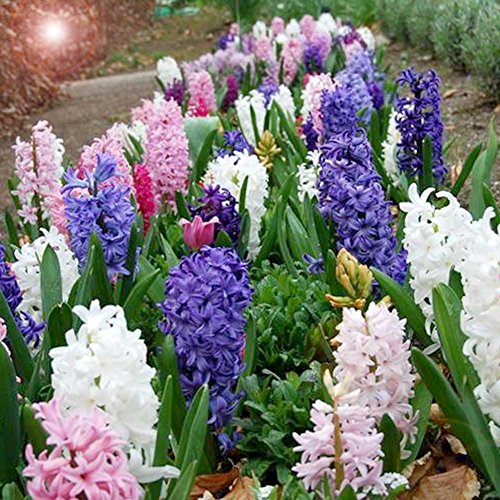
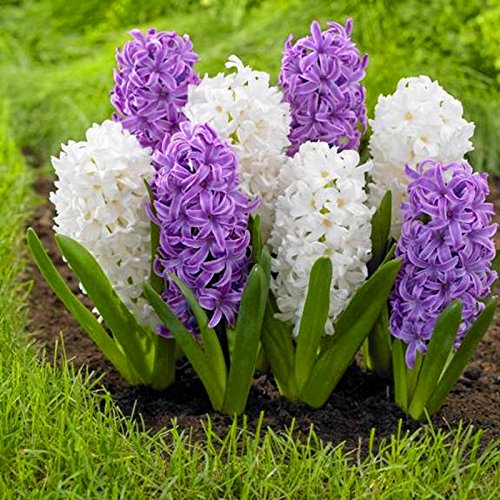
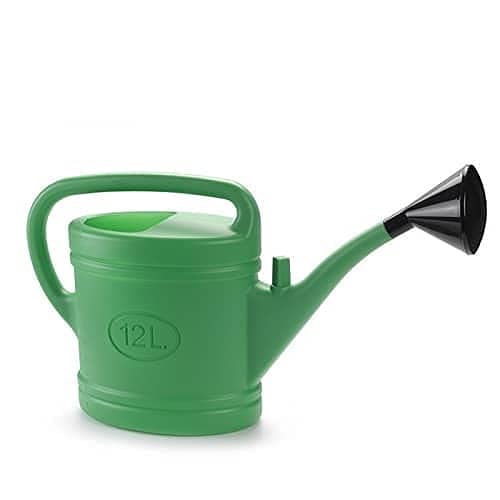

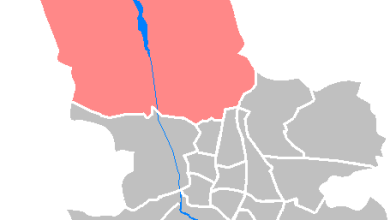
![Photo of Types of Orchids: [Characteristics and Classification]](https://www.complete-gardening.com/wp-content/uploads/2022/08/types-of-orchids-characteristics-and-classification-390x220.png)
